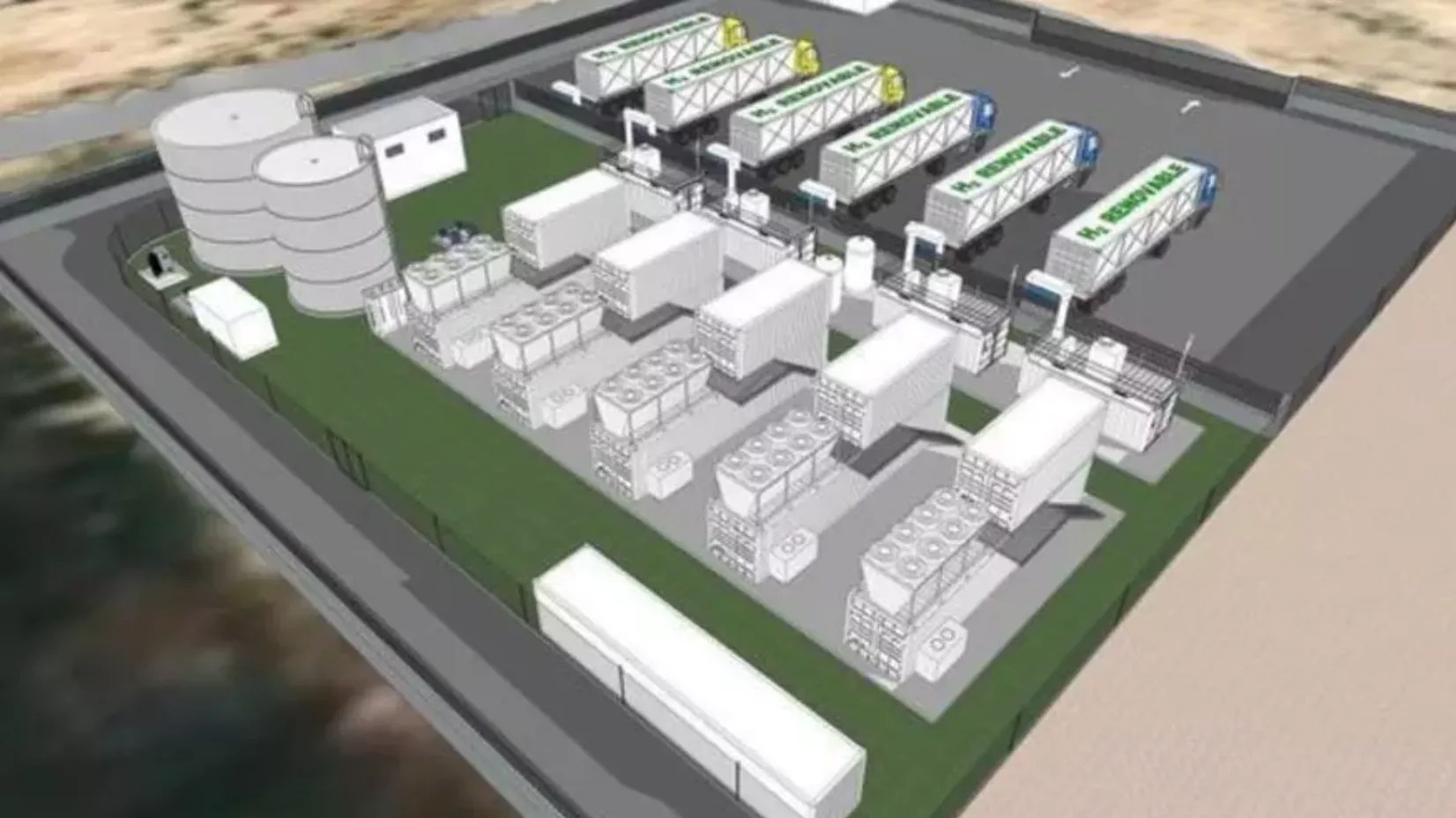Like any self-respecting volcanic region, the Canary Islands have a high seismic activity, especially in its seabed, which is why it is common for devices that measure seismographic ratios to detect movement from time to time. In the Islands, earthquakes are usually detected at about 30 or 40 kilometers deep, right in the channel that separates the islands of Gran Canaria and Tenerife and its strength does not usually exceed 3 mbLg.
The National Geographic Institute (IGN) is working on a line of research that explains why and locates the origin of the earthquakes in the area, something that has been a mystery to researchers for the last 30 years. There are many hypotheses that have been emerging in this time, largely due to the existing complications to reach the areas where seismic movements occur, as well as the lack of stations, which makes it extremely difficult to locate them exactly. .
A wide range of theories
There are several existing theories. One of them is the one that relates earthquakes to the existence of a fault that separates both islands and causes earthquakes. “It has been theorized that perhaps a structure of this type exists as an extension of the Atlas”, says Itahiza Domínguez, IGN seismologist. However, this hypothesis has not been very successful in specialized forums, since it is not supported and the investigations have not reached clear conclusions.
Another of the theories The researchers are considering is the one that considers that the earthquakes are generated by the weight changes between the buildings of Tenerife and Gran Canaria, which, moreover, are “one on top of the other”, but it is not fully verified either, so it does not count with too much support among the scientific congregation.
A volcano in the middle
For its part, one of the most famous is that of the enmedio volcanoin which it is stated that between the two islands rises an underwater colossus, 470 meters high, one of the largest volcanoes in the Canary Islands under the sea and of which there is a “photograph” made by the Spanish Institute of Oceanography (IEO) in 1990. From then on, the presence of this volcano began to be related to seismic movements.
This last theory explained that between the two islands there is a hot spot where the magma “has an easier way out” because the oceanic crust is thinner.
That would explain why there are so many “little cones” around the enmedio volcano and the very existence of the great colossus that rests on three and a half kilometers of ground at its base (the size of the Cross port). But this theory also raises doubts.
















